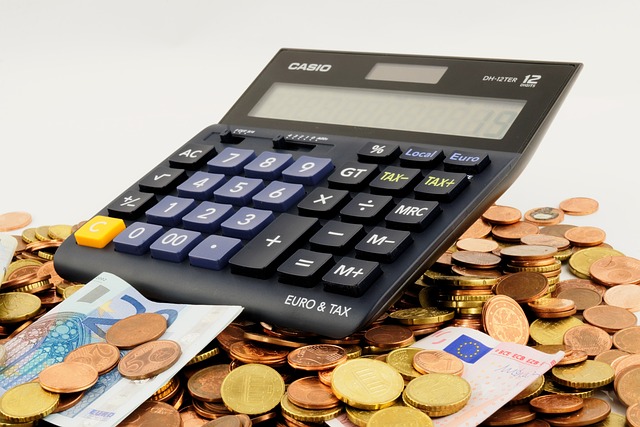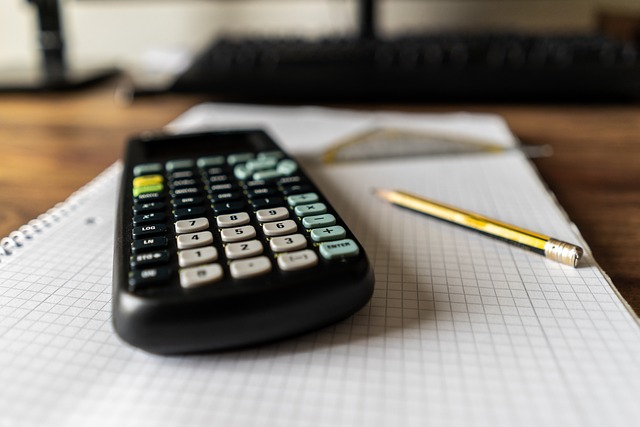Buying a house is one of the biggest financial decisions you’ll make, and your down payment plays a crucial role in determining your mortgage terms, monthly payments, and overall costs. But how much should you put down? Should you aim for the traditional 20% down payment, or can you get away with less?
In this guide, we’ll break down how your down payment affects your mortgage, the pros and cons of different percentages, and real-life scenarios to help you decide the ideal amount to put down when buying a home.
What Is a Down Payment?
A down payment is the initial lump sum you pay when purchasing a home. The remaining amount is covered by a mortgage loan from a bank or lender.
For example:
- If you buy a $300,000 house and put down 20%, your down payment is $60,000, and you’ll take out a $240,000 mortgage loan.
- If you put down 5% ($15,000), you’ll need a $285,000 mortgage instead.
The larger your down payment, the smaller your loan, meaning lower monthly payments and less interest paid over time.
How Much Do You Need for a Down Payment?
There’s no one-size-fits-all answer, but here are some common down payment requirements based on loan types:
| Loan Type | Minimum Down Payment | Best For |
| Conventional Loan | 3% – 20% | Most homebuyers |
| FHA Loan | 3.5% | First-time buyers, lower credit scores |
| VA Loan | 0% | Military veterans & active service members |
| USDA Loan | 0% | Rural homebuyers |
Key takeaway: If you qualify for VA or USDA loans, you can buy a home with zero down. Otherwise, most buyers put down 3% to 20% depending on their financial situation.

Pros & Cons of Different Down Payment Percentages
20% Down Payment: The Gold Standard
✅ Pros:
✔ Lower Monthly Payments – Borrowing less means smaller mortgage payments.
✔ No Private Mortgage Insurance (PMI) – Lenders require PMI if you put down less than 20%, which adds extra costs.
✔ Better Interest Rates – Lenders offer lower rates to buyers with higher down payments.
❌ Cons:
✖ Takes Longer to Save – Saving 20% can delay homeownership.
✖ May Drain Savings – A large down payment could leave you with little emergency savings.
🔹 Best for: Buyers who have the savings and want lower payments and interest costs.
10% Down Payment: A Middle Ground
✅ Pros:
✔ Easier to save compared to 20%.
✔ Smaller monthly payments than lower down payments.
❌ Cons:
✖ You’ll still need PMI until you reach 20% equity.
✖ Higher loan balance means more interest paid over time.
🔹 Best for: Buyers who can’t reach 20% but want better loan terms.
3%-5% Down Payment: Getting in Sooner
✅ Pros:
✔ Easier to afford a home faster.
✔ More savings left over for emergencies, repairs, or investments.
❌ Cons:
✖ Higher Monthly Payments – Smaller down payments mean larger mortgage loans.
✖ PMI Costs – Private mortgage insurance adds $100-$300/month to your payment.
✖ More Interest Paid – Since you’re borrowing more, you’ll pay thousands extra in interest over time.
🔹 Best for: First-time homebuyers who want to buy sooner and don’t mind higher payments.
Real-Life Example: How Down Payment Affects Your Mortgage
Let’s say you’re buying a $300,000 home with a 30-year fixed loan at 6% interest. Here’s how different down payments affect your mortgage:
| Down Payment | Loan Amount | Monthly Payment | Total Interest Paid |
| 20% ($60,000) | $240,000 | $1,439 | $278,688 |
| 10% ($30,000) | $270,000 | $1,619 | $313,512 |
| 5% ($15,000) | $285,000 | $1,710 | $331,968 |
| 3% ($9,000) | $291,000 | $1,746 | $339,984 |
Key Takeaways:
✔ A higher down payment saves you thousands in interest.
✔ A lower down payment means higher monthly costs but lets you buy sooner.
Should You Put More Down or Keep Cash in Savings?
Deciding how much to put down isn’t just about getting a lower mortgage—it’s about balancing your finances.
💡 If putting 20% down wipes out your savings, consider a smaller down payment. Keeping extra cash on hand can be helpful for:
- Emergency funds (job loss, medical expenses)
- Home repairs & maintenance
- Investments with higher returns
If you can comfortably afford 20% down AND still have savings, it’s often the best choice financially.
Final Verdict: What’s the Right Down Payment for You?
✔ Go for 20% if you want lower payments, no PMI, and less interest over time.
✔ Consider 10%-15% if you want to balance affordability with good loan terms.
✔ Choose 3%-5% if you need to buy sooner and are comfortable with higher payments.
Not sure what down payment works for you? Use our mortgage calculator to see how different down payments affect your loan!

Leave a Reply